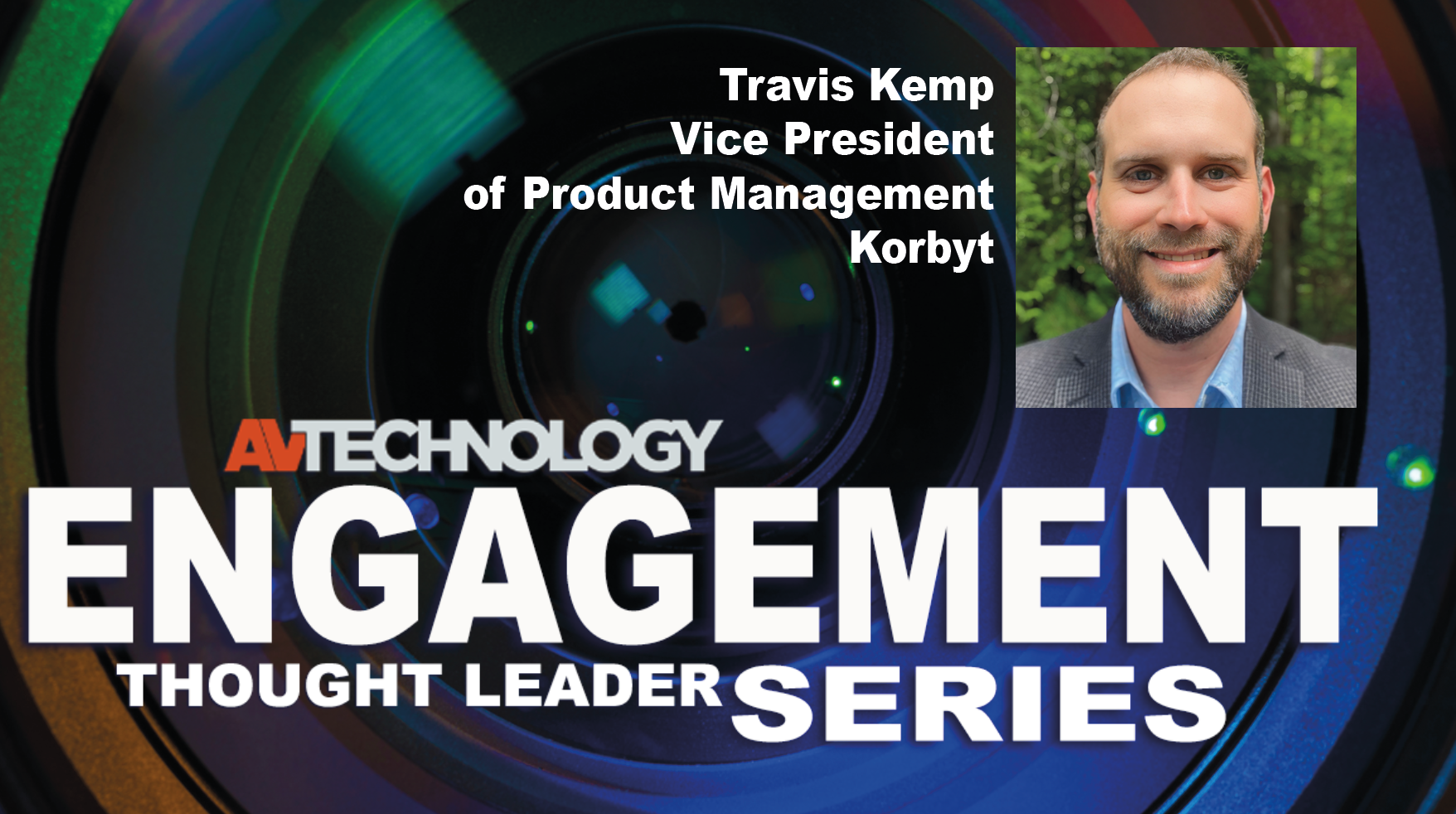AVT Question: Please share insights on emerging trends, best practices for creating high-quality content that engages audiences, and choosing the best tools for production.
Thought Leader: Travis Kemp, Vice President of Product Management at Korbyt
In today’s world, people are bombarded with messages—at their desks, on their phones, and in the workplace. Cutting through the noise requires businesses to be strategic, keeping content fresh, targeted, and relevant.
The future of digital content isn’t just about pushing information, but about adapting, learning, and evolving to meet people where they are." —Travis Kemp, Vice President of Product Management at Korbyt
A cloud-based content management system (CMS) is essential for delivering engaging, real-time content to any connected display. Some CMS platforms can even integrate live data, making screens more dynamic. In a waiting room, for example, screens can display weather updates, news, and stock tickers to keep visitors engaged. In a manufacturing facility, the same technology can showcase production metrics and safety updates. The key is delivering bite-sized, relevant content to the right audience in the right context.
In public spaces like retail stores, malls, and transit hubs, grabbing attention is even harder. This is where AI and machine learning come in. Advancements in these technologies allow businesses to analyze dwell time—measuring which content holds people’s attention the longest—and optimize playlists accordingly. AI goes a step further by not only refining content selection but also generating new, more engaging content to maximize engagement.
With the right tools, businesses can move beyond static messaging and create dynamic, data-driven experiences that captivate audiences. The future of digital content isn’t just about pushing information, but about adapting, learning, and evolving to meet people where they are.
